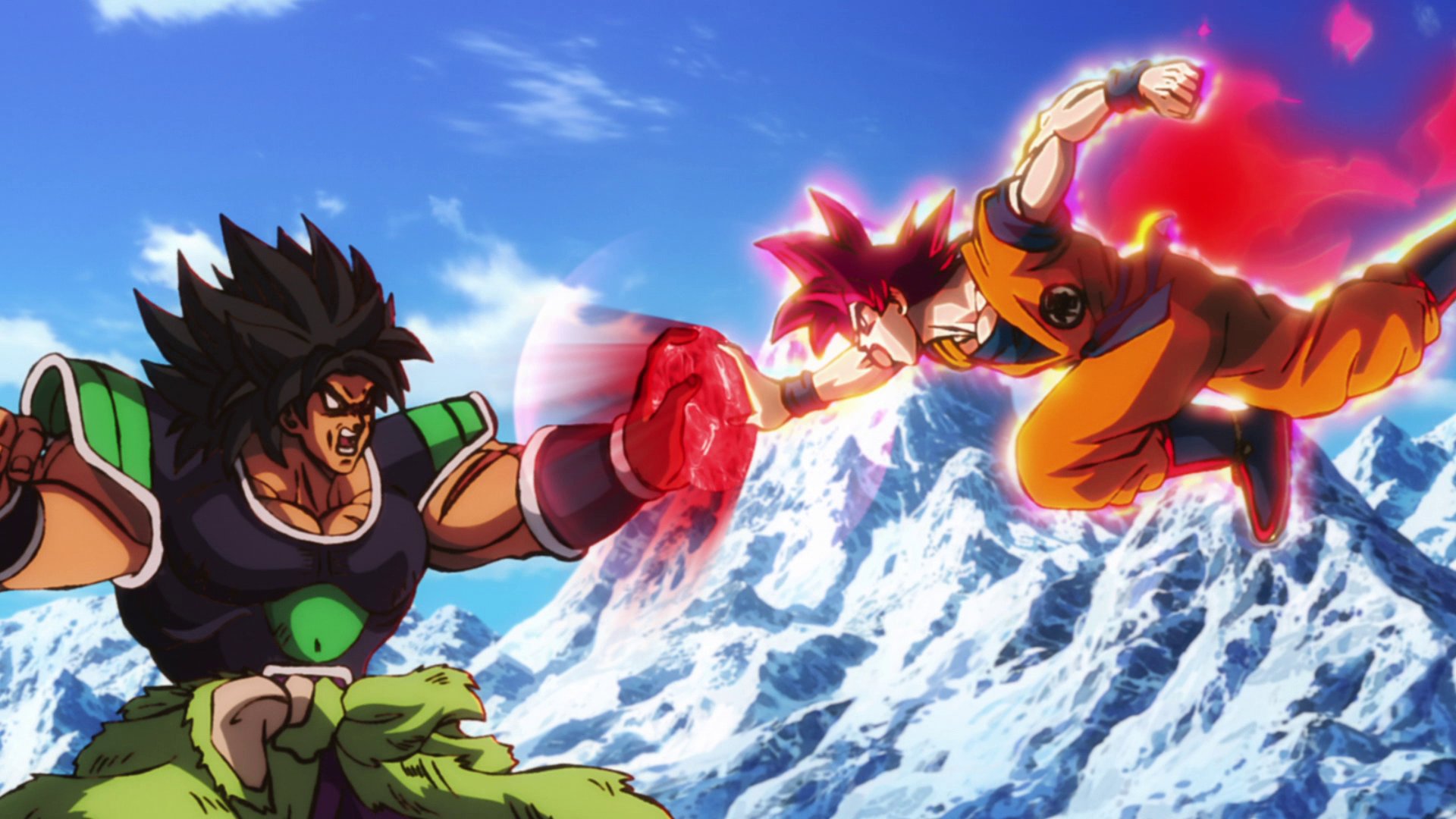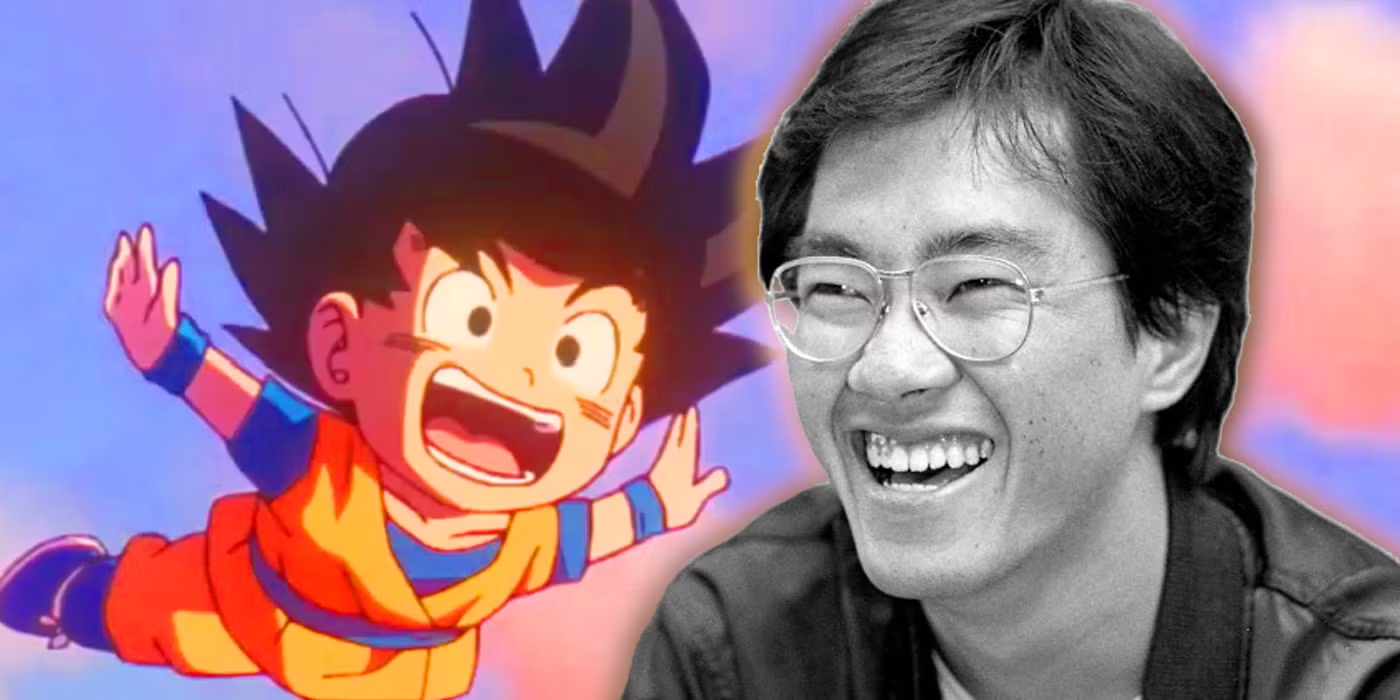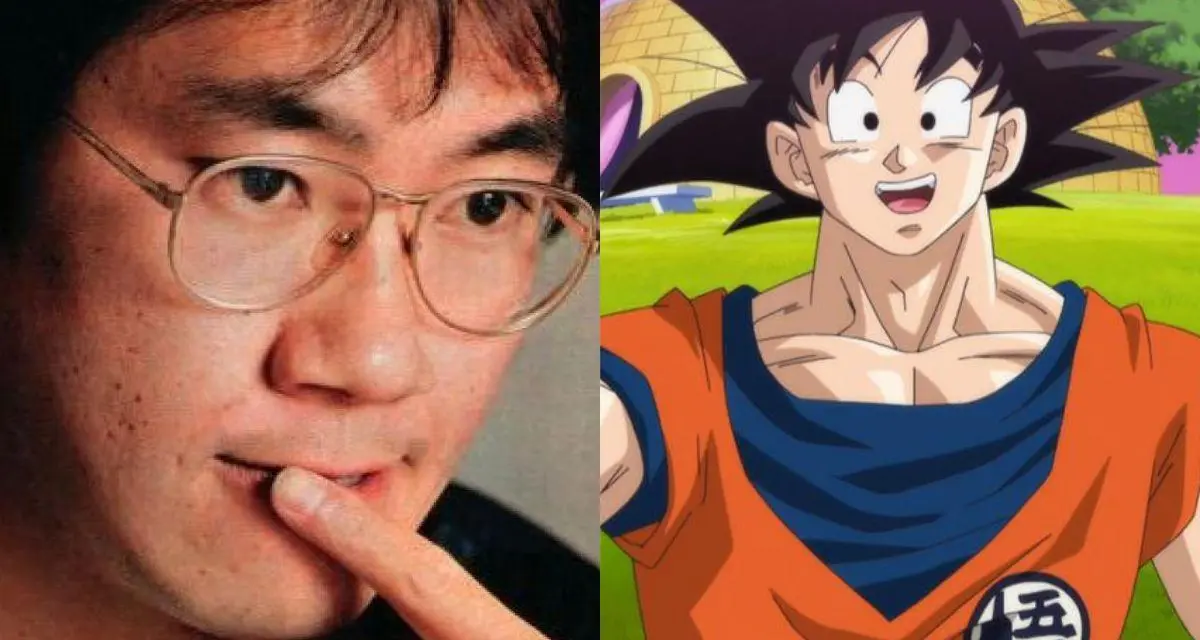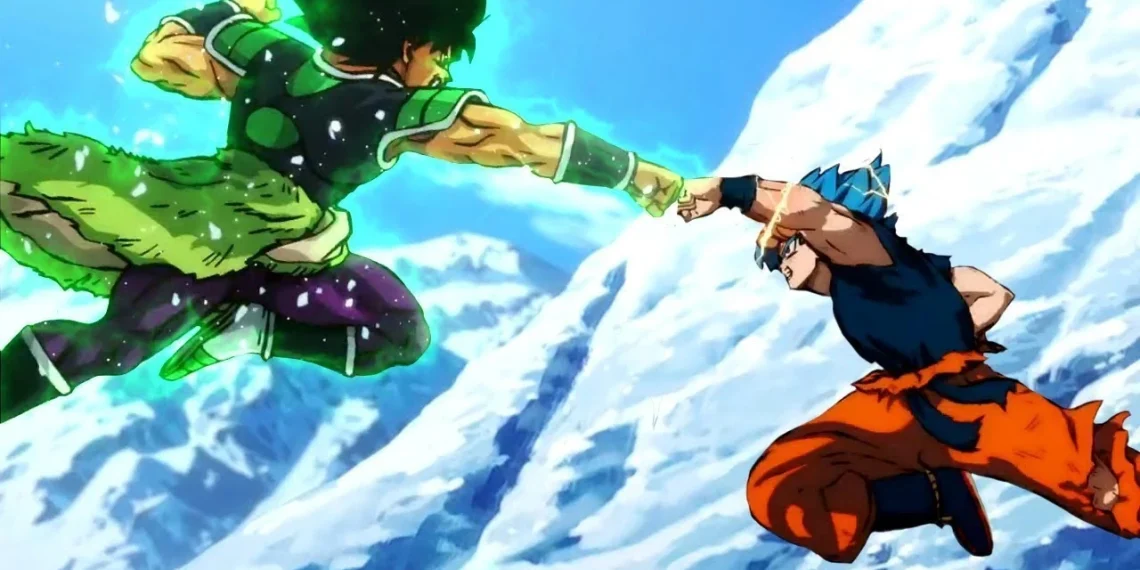Akira Toriyama, the visionary behind the “Dragon Ball” series, has consistently demonstrated a keen awareness of his fanbase’s sentiments. Over the years, two characters—Broly and the Super Saiyan 4 (SSJ4) transformation—have garnered significant attention and debate among enthusiasts.
Perceiving a lack of official acknowledgment for these fan-favorites, Toriyama took decisive steps to integrate them into the series’ canon, notably through the “Dragon Ball Super: Broly” movie and the “Dragon Ball Daima” series.
Reimagining Broly: From Non-Canon to Canon

Broly, introduced in the 1993 film “Dragon Ball Z: Broly – The Legendary Super Saiyan,” was initially a non-canonical character. Despite his popularity, he remained outside the official storyline. Recognizing the character’s potential and the fans’ admiration, Toriyama decided to reintroduce Broly within the official “Dragon Ball” continuity.
This led to the 2018 release of “Dragon Ball Super: Broly,” where Toriyama not only revamped Broly’s backstory but also provided depth to his character, portraying him as a misunderstood Saiyan with immense power. This move was a direct response to fans’ desire to see Broly acknowledged within the main narrative.
Canonizing Super Saiyan 4 in “Dragon Ball Daima”

The Super Saiyan 4 transformation, a highlight of the “Dragon Ball GT” series, fans with its unique design and power. However, “Dragon Ball GT” was not considered part of the official canon, leaving SSJ4 in a gray area. Addressing this, Toriyama incorporated the SSJ4 transformation into the “Dragon Ball Daima” series.
In episode 18, during a critical battle against King Gomah, Goku unveils the SSJ4 form, marking its official entry into the canonical storyline. This inclusion not only thrilled long-time fans but also bridged elements from “Dragon Ball GT” into the main series, enriching the overall narrative.
Toriyama’s Commitment to Fan-Favorite Elements

Toriyama’s decisions to integrate Broly and the SSJ4 transformation into the official canon underscore his dedication to the “Dragon Ball” community. By acknowledging and incorporating these beloved elements, he has demonstrated a willingness to evolve the series in line with fan interests.
This approach has not only revitalized the franchise but also strengthened the bond between the creator and his audience, ensuring that “Dragon Ball” remains dynamic and resonant with its fanbase.










